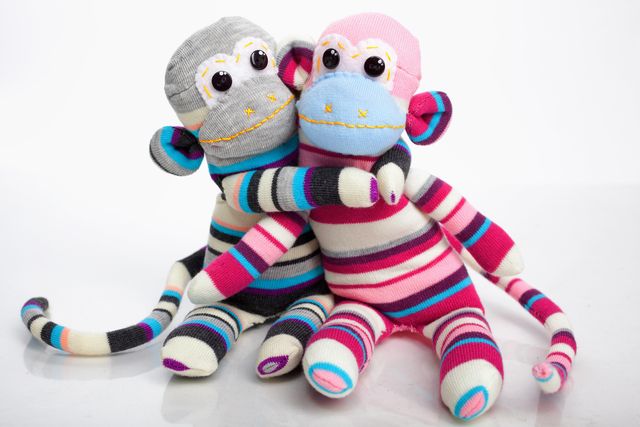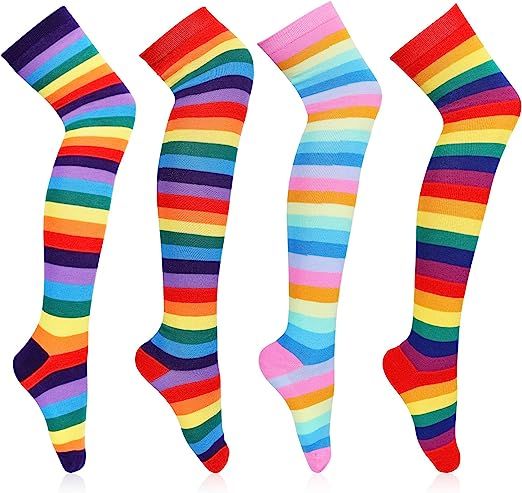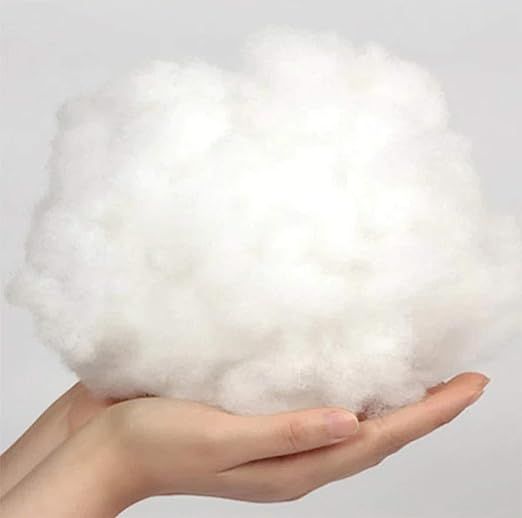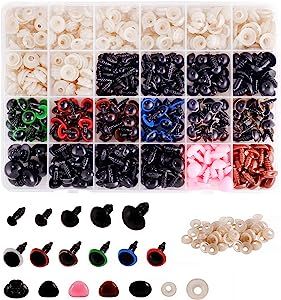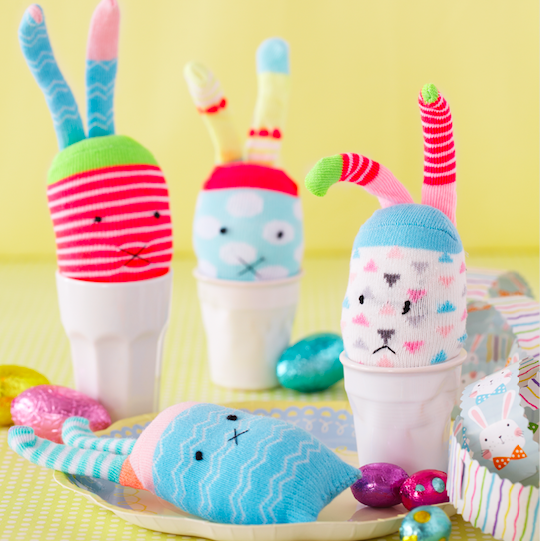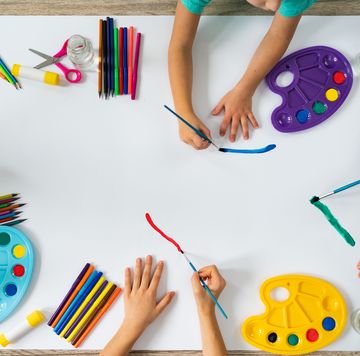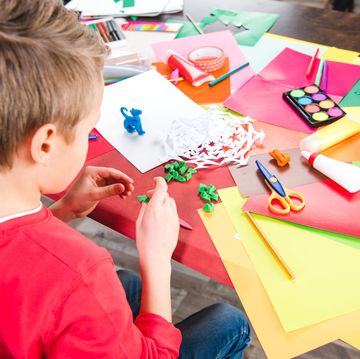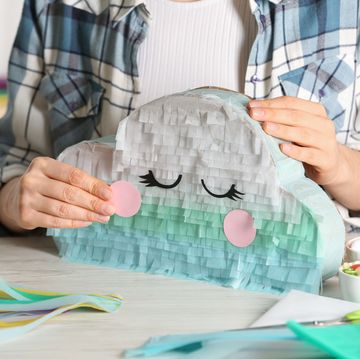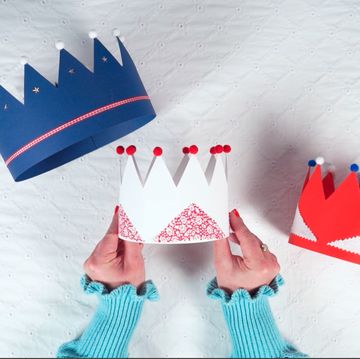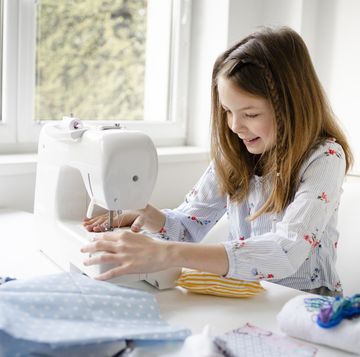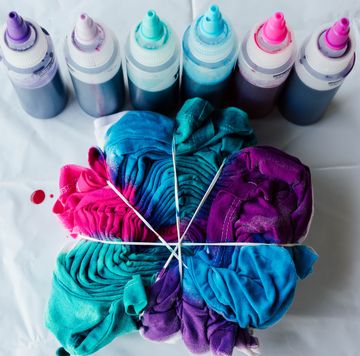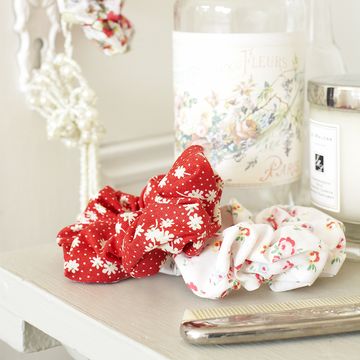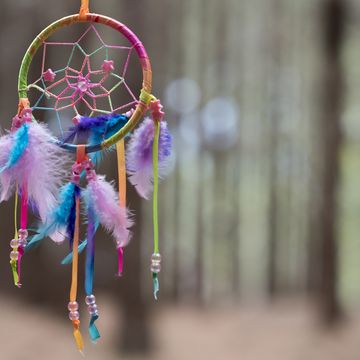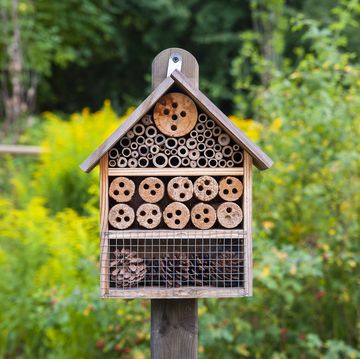If you're looking for a fun and rewarding craft project that's perfect for all ages, then making sock animals is a great choice. With just a few simple materials and some basic sewing techniques, you can transform ordinary socks into adorable animals that are sure to bring a smile to your face.
They're such a great craft project for with kids over the school holidays. Better yet, sock animals are a great way to make use of and upcycle any odd socks you have laying around, making it and eco-friendly and sustainable craft!
Making sock animals is super simple, all you need is a few basic supplies some sewing knowledge and a little bit of imagination!
What you need
Before you can start making sock animals, you'll need to gather a few basic materials. Here's what you'll need:
- Socks: You can use any type of sock you like to make your sock animals, it's a great way to make use of random odd socks. If you need to buy socks for your project, we'd suggest getting as long a sock as possible so that you have plenty of material to work with.
- Stuffing: To give your sock animal some shape, you'll want to add stuffing. Polyester toy stuffing is easy to find online but you can also use leftover wadding from a quilting project or small fabric scraps.
- Thread: You'll need thread to sew up your sock animal and also to add details like eyes and mouths.
- Scissors
- Pins
- Sewing machine (optional): If you don't have a sewing machine you can always hand-stitch your sock animals together.
- Scrap fabric, craft felt, buttons, plastic safety eyes: This is for adding features to your sock animal to give it some personality!
How to make a sock animal
Step 1: Turn your sock inside out.
Like most sewing projects we want to do our stitching with the right sides of the fabric together so that once we've finished sewing, we can turn the sock right side out and have the stitches hidden inside to give a neat finish.
Step 2: Cut your sock to size.
Depending on the type of sock animal you're making, you may need to cut the sock down to size. Use a pair of sharp scissors to trim any excess fabric from the sock and put it to one side in case you need to use it to make other parts of your animal.
Step 3: Start sewing.
Once you have the sock cut to size, you can sew it together to create the body of your sock animal. You can do this by hand using a needle and thread, or you can use a sewing machine if you have one.
Start by sewing across the open end of the sock but don't sew all the way along. You want to leave a small hole to be able to turn the sock animal body right side out, ready for stuffing.
Step 4: Stuff the sock.
Carefully turn the sock right side out through the gap you left when sewing the cut ends together. Use the blunt end of a pencil or a knitting needle to poke out all the corners of the sock. Start adding small amounts of toy stuffing into the sock until it's full.
Step 5: Sew it up.
Once you've got enough stuffing in the sock animal body, turn the raw edges of the open seam on the sock (where you've been pushing the stuffing through) and carefully sew it closed. To make this look nice and neat you can use a simple whip stitch. Make sure to keep the stitches small and in a thread colour that matches the colour of the sock.
TOP TIP: If you've added a lot of stuffing to your sock, it can be difficult to get a neat finish when trying to sew up the gap. To make this easier, push the stuffing down so that you can pinch together a good amount of the sock where you need to close it and use a straight pin to hold the fabric together and the stuffing out of the way. You then have more room to make your hand stitches and as soon as you remove the straight pin the stuffing should spring back to fill the space you created.
Step 6: Add details.
Once you've got your sock animal's body made, you can start to add details to give it some personality! If you want to add arms and legs you can follow the same sewing and stuffing process you used for making the body.
If you're adding other features with materials such as felt or buttons, they can be whip stitched into place or attached with fabric glue.
How to make sock animals with kids
If you're making sock animals with small children and want to avoid having them use sewing needles or sharp scissors, here are a few clever ways to prep the activity in advance.
Make the sock animal body (and extras) in advance. If you're making sock animals with children who aren't quite old enough to wield a sewing needle yet, why not make the sock animal bodies and some other body parts such as arms, legs and tails in advance.
The kids can then mix and match the parts they want to go together, and you can either quickly whip stitch them onto the body for them or secure them with hot glue (again, this is a step best left to an adult).
Layer up shapes. If you want to create animal faces and markings out of felt, cut them out ahead of time and lay them out so that children can make up the animal faces themselves. Simple shapes such as triangles, circles and crescent moons cut out of felt can make a face for your sock animal in no time at all. Get children to lay out their design, and then show them how to add small dabs of fabric glue to the back of the felt to stick to their sock.
Go wild with wool. Making manes, whiskers and tails out of wool is a great way to give your sock animals even more personality and an activity that little ones can get involved with. Whiskers can be secured into place with fabric glue and a felt or button nose stuck over the top. Yarn can be plaited and knotted at each end to make a tail, which can then be glued or stitched into place.
Making a mane can be a bit more work, but if you cut a circle out of card and add wool to the edges in a sunburst fashion, it can then be stuck to the back of the sock animal to create a flowing mane!
Brilliant sock animal inspiration
Sock bunny
These sock bunnies are a great first project for kids who might be learning how to sew.
If you want to make it so that they can stand up independently, you can try adding some dried beans or lentils to the bottom before sewing them up fully.
Sock owl
If you want a nice and quick project to use up some smaller socks (or maybe socks that aren't brightly coloured) why not try making some sweet sock owls.
Sock caterpillar
If you've got a bundle of baby socks to use up, this adorable sock caterpillar is an ideal project.
To get the round shape for the body sections, push the stuffing down to the bottom of each sock and run your hand up the sock so that it's squashing all of the stuffing into the toe area.
This should make a tight ball shape that you can then secure by wrapping a rubber band around to make sure it doesn't move back into the rest of the sock.
Trim off the excess sock and hot glue the sock 'balls' together to make your caterpillar body.
Sock elephant
How adorable is this sock elephant? The design is a bit more advanced and more suited to crafters who are comfortable following a more structured pattern.
Sock monkey
What kind of inspiration list would this be if we didn't include the sock monkey?
If you've got a pair of ankle-length or longer socks then you're all set to make a cute sock monkey with just a few cuts and a bit of stitching.
This is the sort of project that would be ideal for older children who are confident with following a simple pattern and can be trusted with scissors and sewing needles.
Do you love crafting? Share your creations with us by tagging @primamag in your pictures on Instagram!
